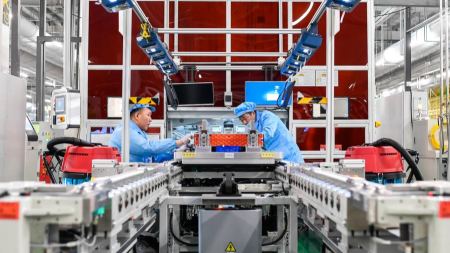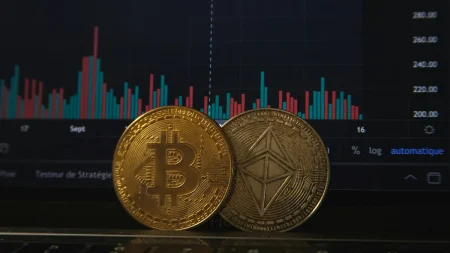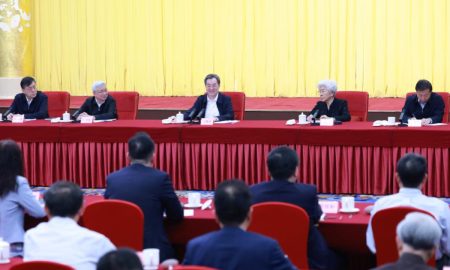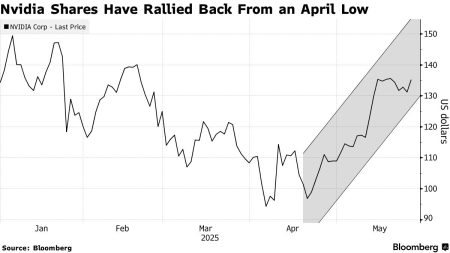Apple’s success in China is one of the most significant business stories of the past three decades. After Steve Jobs returned to Apple in 1997, he needed a cost-effective way to scale up production. By partnering with China, Apple was able to tap into low labor costs and vast manufacturing capabilities. The company’s massive investments helped China become a technological powerhouse. However, this relationship has led to unforeseen risks, with Apple now facing challenges that could jeopardize its long-term stability.
Apple’s Early Move to China
In the 1990s, when Apple was struggling, co-founder Steve Jobs needed a breakthrough. His solution came in the form of the iMac, a product that became Apple’s comeback hit. But production problems meant that Apple needed to find new ways to scale quickly. This led them to turn to China, a country known at the time for its low labor costs and lax labor laws.
Experts noted that China’s competitive advantage lay in its “low wages, low welfare, low human rights” — but this allowed companies like Apple to build products at an affordable cost.
The Rise of Foxconn and Apple’s China Strategy
The key player in Apple’s success in China was Foxconn, a Taiwanese company led by Terry Gou. Foxconn turned China into an efficient and massive production facility capable of creating high-tech products. Under Tim Cook, Apple’s current CEO, the company honed its supply chain strategy to take full advantage of China’s low production costs while maintaining product quality.
But while Apple gained incredible success, the relationship between the company and China became increasingly complex. Apple’s huge investments in China, totaling $275 billion between 2015 and 2020, led to the creation of an extensive supply chain. This effort included training 28 million workers, a feat that was more than California’s entire workforce. The results of this partnership were transformative, not just for Apple, but also for China’s technological growth.
Apple’s Growing Dependence on China
Over time, Apple became embedded in China’s economy, with a dependence that would grow over the years. In 2015, Apple’s commitment to invest $275 billion in China was one of its largest deals yet. This amount was more than double the U.S. investment in Europe’s post-WWII recovery. While Apple’s strategy worked in the short term, it led to unintended consequences in the long run.
Apple’s immense success in China allowed it to dominate the global technology market, but in doing so, it also made itself vulnerable. The company was now subject to the whims of China’s Communist Party, and over time, China used its collaboration with Apple to drive technological innovation and build its own tech industry.
A Faustian Bargain: Knowledge Transfer and Risks
Apple’s massive investments in China turned out to have long-term risks. As Apple poured money into China, the Chinese government used this investment to learn from Apple’s technology and manufacturing practices. Over time, China leveraged Apple’s presence to build its own competitive advantages in tech, particularly in areas like mobile technology and semiconductors.
Apple’s approach was to foster close relationships with China’s political elite, including Xi Jinping. The company worked hard to align with Beijing’s interests, even as it sought to avoid the negative press associated with the country’s labor practices.
The Impact of Geopolitics
One of the biggest risks Apple now faces is geopolitics. In recent years, tensions between the U.S. and China have escalated, making Apple’s China strategy increasingly problematic. The election of Donald Trump in 2016 highlighted some of these risks. The Trump administration’s tough stance on China, including tariffs and sanctions on competitors like Huawei, turned out to benefit Apple by weakening its rivals.
Yet, the political landscape in China became more uncertain under Xi Jinping, particularly after the anti-government protests in 2022. While Apple continued to benefit from China’s authoritarianism, the company was also becoming more exposed to potential backlashes. If relations between China and the U.S. sour further, Apple could find itself caught in the middle of a global trade war.
Apple’s Efforts to Diversify
Apple’s dependence on China became even more evident during the COVID-19 pandemic in 2020. While much of the world was in lockdown, Chinese factories were quickly reopened, producing iPhones and iPads in record numbers. However, by 2022, Apple started to realize the immense risks associated with its reliance on China, prompting efforts to diversify its supply chain.
Apple has begun investing in India, another growing consumer market. But, while India offers some advantages, it also presents challenges. India lacks the centralized control of China’s government and has a more contentious labor market, which complicates manufacturing efforts. Moreover, the supply chain ecosystem in India is far less developed than in China.
The Taiwan Issue
One of Apple’s biggest concerns moving forward is Taiwan. Much of Apple’s technology, including chips used in iPhones and MacBooks, is produced on the island by companies like TSMC. However, Taiwan is facing increasing pressure from China, which has threatened to annex the island. A military conflict or trade restrictions in the Taiwan Strait would cripple Apple’s supply chain and harm its business significantly.
The Growing Threat from Huawei
Apple’s Chinese rivals, particularly Huawei, are also closing the technology gap. Huawei, once a contractor assembling iPads for Apple, is now a leading innovator in mobile technology. While Apple has dominated the smartphone market, Huawei’s progress poses a direct challenge to Apple’s dominance. If Apple fully decouples from China, it risks alienating its Chinese consumer base and giving Huawei an advantage in the region.
The Road Ahead
Apple faces an uncertain future as it seeks to balance its reliance on China with the need to diversify its supply chain. Despite efforts to reduce exposure to China, the company remains deeply intertwined with the country’s economy. The risks are clear: ongoing geopolitical tensions, increasing competition from Chinese firms, and challenges in diversifying manufacturing.
As Apple moves forward, it will need to navigate a complex web of political, economic, and technological challenges. The company’s long-term success will depend on its ability to adapt to these shifting realities.















